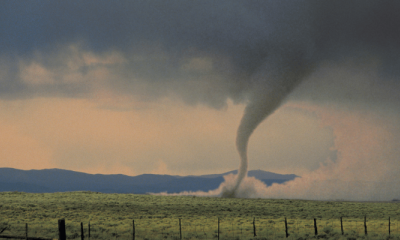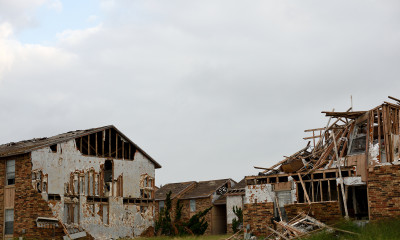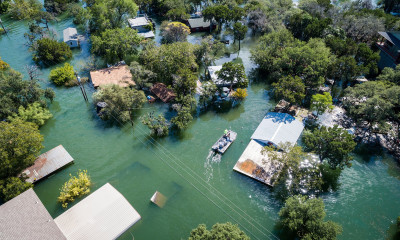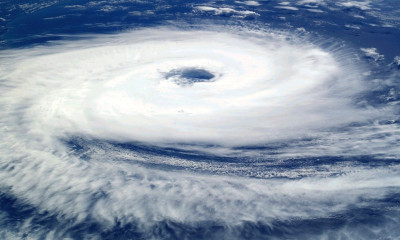Four Fast Facts About Flood Claims
Four Fast Facts About Flood Claims
Big floods caused big damage in states across the United States last year and Texas was no exception. According to FEMA, policyholders in Texas received more than $17,578,133.56 in flood insurance payments from the National Flood Insurance Program (NFIP) in 2022.
As heavy raining and floods continue to take their toll across Texas and Mississippi, we talked to Jansen/Adjusters International’s CEO, Art Jansen and Principal, Luis Esteves to find out what home and business owners need to know as they prepare to file their property insurance claims.
1) Floods Can Happen Any Where
Although some low level and coastal areas are more at risk for flooding than others, water can penetrate property perimeters anywhere across the state. Knowing the odds of your community being struck can help you to decide which policies to purchase.
“You would be surprised how many home and business owners are caught off guard when their buildings are damaged by flooding. Even if your land is not located near a body of water, rivers, streams and creeks can overflow, sewage drains can back up and hills and other land masses can shift. Any of these complications can cause water to travel resulting in tremendous damage far away from the original water source,” said Jansen.
2) Standard Home Insurance Won’t Cover Flooding
Will home insurance policies cover damage caused by flooding? No! An NFIP policy must be purchased for flood coverage.
“I recommend that homeowners discuss their policy coverage with their agents once a year even if nothing has changed. Agents and brokers are trained to answer any questions about property insurance policies including those related to NFIP policies. Those who are in a coastal area or in an area that qualifies for flood insurance should consider purchasing this extra coverage,” said Jansen.
3) Even with Proper Coverage, Water Damage Will Cost You
When flood claims are filed, most NFIP insurance policies will require that a deductible be paid. Esteves suggests that homeowners find out how much that deductible will be and put that money aside in savings just in case they need to file a claim. Insurance agents can advise their clients as to how much their deductible will be and if they can change their plan to decrease this amount (For example, a higher deductible may result in lower annual premiums). However, Esteves warns that not only do policyholders need to worry about covering their deductibles, but standard flood policies are also very specific as to what they do and don’t cover, and these inclusions and exclusions should be considered both when purchasing coverage and after a loss occurs.
“For example, flood policies do not cover for additional living expenses which means you will not be compensated for staying outside your home while the place is restored. This leads into the importance of having a claims advocate on your side who can quickly prepare your claim and submit it to the federal program under their guidelines so as to receive payment as soon as possible,” said Esteves.
4) Almost Any Extreme Weather Event Can Cause Flooding
Whether it’s a tornado, hurricane, earthquake, or hailstorm, many natural disasters can result in flooding which means that your property can sustain water damage any time of the year.
“Although we know that certain seasons put Texas policyholders more at risk for flooding – such as tornadoes and rainstorms in the spring, hurricanes in the summer and snowstorms in the winter – we see homes and businesses damaged or destroyed by floodwaters throughout the year. It is never too early to prepare for flooding.”
For immediate assistance with your flood claim, contact us today.
For further information on this topic, visit:
- Adjusting Today "Flooding: Everyone is Exposed, Few are Insured, But New Options Entice"
- Podcast "Flood Insurance"













